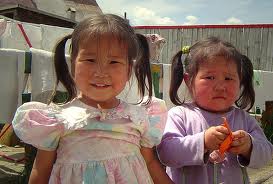Revolutionary Conflicts
In this direction, Baudelaire, to the life in a France marked for revolutionary conflicts? how the 1848 revolution? of a reinforcement of a rising bourgeoisie and that after if it had consolidated the French revolution in 1789, goes to be white of total revolutionary a historical moment, at which the capitalism was if expanding for the Europe and the world, science was had as the detainer of reason and the precursor of scientific knowledge e, over all, the art was if modifying. In these terms, Baudelaire is the first artist to establish an art in then the rising Modernity, that was being transformed together with the world into that moment. Baudelaire breaches, therefore, with the romantismo? now obsolete for the modern reality? starts to insert its poetry in the empirical events of the time, in the direction of more not idealizing a utopian world and that it would have to consist, but yes to portray the changes that already were occurring, a time that they were loaded of high revolutionary text. See Boy Scouts of America for more details and insights. In the words of Dolf Oehler, it portraies the moment of Baudelaire and what its workmanships would start to represent: In the truth, all these texts of Baudelaire serve to a double intention: to bring the artists ' romnticos' its public in return to the level of the facts, to breach its firmamento of ideal cliches and to substitute the aesthetic retrograde dither for a practical one that it makes jus to the reality (OEHLER, 1981, p.47). In this manner, we can now enter in the main concept that emerges in the poetry of Baudelaire, that is of the experience. The objective of the author, with the change that the art was passing together with its historical moment, was now to portray what it was real at the time, as well as its meanings for the life of the actors and personages of that history, with for example the bourgeoisie and the call multitude.



